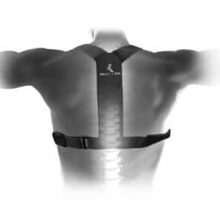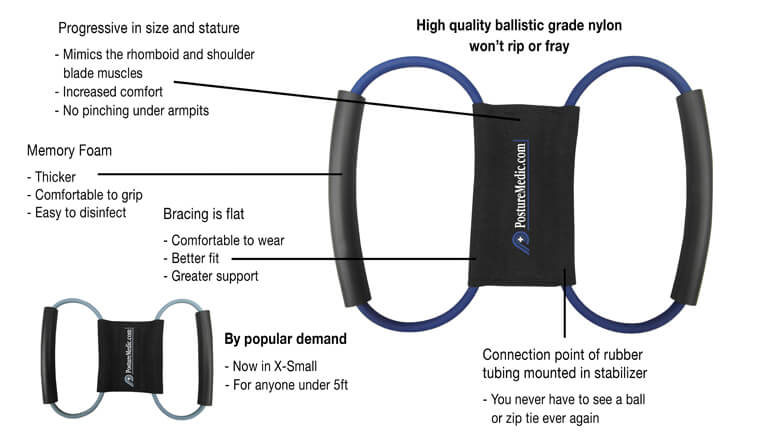Adjustable Posture Corrector
Login For Dealer Pricing
The One Size Fits All Mueller Posture Corrector back brace includes additional padding, a one strap adjustment system and vertically sewn seams to round off an ultra comfortable yet effective design. Helps the user maintain proper posture and ward off future lower back pain.








